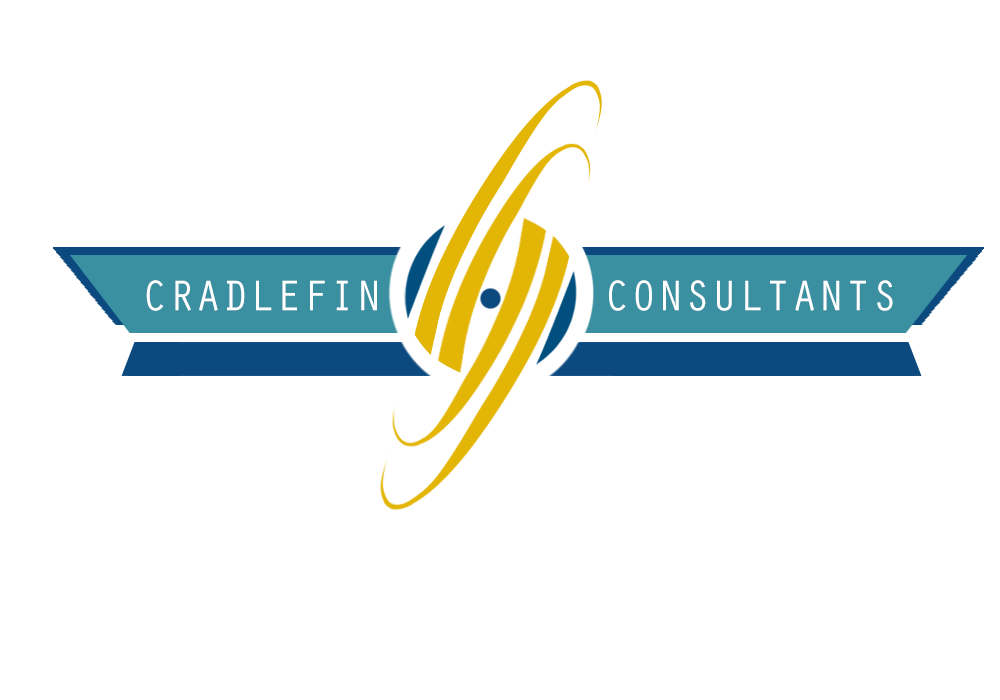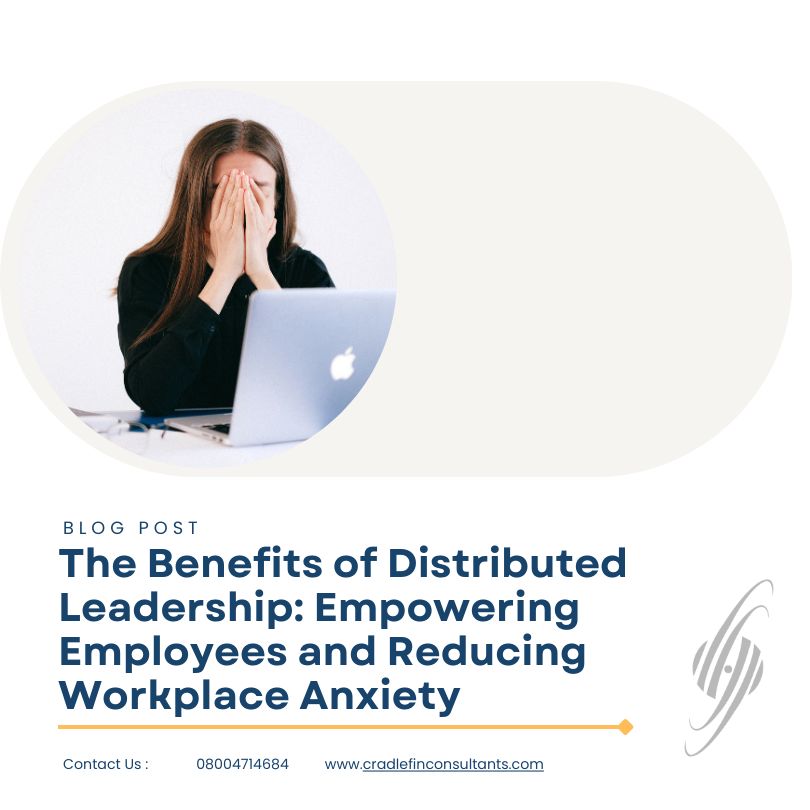Distributed leadership has emerged as a transformative approach in modern organisational dynamics, shifting the traditional top-down hierarchy towards a more collaborative and empowering framework. This evolution reflects a growing recognition of the benefits of shared decision-making and inclusivity in fostering employee engagement and reducing workplace anxiety. By distributing leadership responsibilities across teams and empowering individuals to make autonomous decisions, organisations can not only unlock innovation and problem-solving capabilities but also create a culture of trust, accountability, and well-being. In this article, we delve into the advantages of distributed leadership, explore its impact on empowering employees, and discuss strategies for implementing this model successfully to cultivate a thriving and harmonious workplace environment.
Introduction to Distributed Leadership
The Evolution of Leadership ModelsGone are the days of one-size-fits-all leadership approaches. Distributed leadership is a dynamic evolution in the way organisations leverage the collective expertise and skills of their employees to drive success.
Empowering Employees through Shared Decision-Making
Fostering a Culture of Inclusivity and ParticipationBy embracing distributed leadership, organisations open the door to diverse perspectives and fresh ideas. This inclusive approach empowers employees at all levels to contribute meaningfully to decision-making processes.
Empowering Teams to Make Autonomous Decisions
Empowered teams are agile teams. Distributed leadership encourages autonomy, enabling teams to make quicker and more informed decisions, leading to increased productivity and innovation.
Reducing Workplace Anxiety with Collaborative Leadership
Understanding the Impact of Anxiety in the WorkplaceAnxiety in the workplace can hinder creativity, productivity, and overall well-being. Distributed leadership fosters a collaborative environment that reduces the burden of anxiety by sharing responsibilities and promoting a supportive culture.
Promoting Psychological Safety and Well-being
In a distributed leadership model, psychological safety is paramount. By creating a culture where individuals feel heard, valued, and supported, organisations can significantly reduce workplace anxiety and improve overall employee well-being.
Building Trust and Engagement in a Distributed Leadership Model
Establishing Clear Communication ChannelsEffective communication is the cornerstone of distributed leadership. Clear and transparent communication channels build trust among team members, ensuring everyone is on the same page and working towards common goals.
Developing Accountability and Responsibility
In a distributed leadership model, accountability is shared among team members. By holding each other accountable and fostering a sense of responsibility, organisations can cultivate a culture of trust, engagement, and high performance.
Enhancing Innovation and Problem-Solving in Teams
Promoting Diversity of Thought and Perspectives
When leadership is distributed, it allows for a variety of voices and perspectives to be heard within teams. This diversity of thought can lead to more innovative solutions and approaches to problem-solving as different viewpoints are considered.
Encouraging Creative Problem-Solving Approaches
With distributed leadership, employees are empowered to take ownership of finding creative solutions to challenges. This approach fosters a culture of experimentation and risk-taking, ultimately leading to more effective problem-solving within teams.
Overcoming Challenges and Implementing Distributed Leadership Successfully
Addressing Resistance to Change and Traditional Hierarchies
Implementing distributed leadership may face resistance from those accustomed to traditional top-down approaches. Overcoming this challenge involves communicating the benefits of shared leadership, fostering a culture of trust, and gradually transitioning towards a more collaborative model.
Training and Developing Leaders for a Distributed Model
To successfully implement distributed leadership, organisations should invest in training and developing leaders who can thrive in a collaborative environment. Providing opportunities for skill-building, coaching, and mentoring can help leaders adapt to this new model of shared responsibility.
Case Studies: Organisations Thriving with Distributed Leadership
Company A: Implementing Distributed Leadership for Growth
Company A embraced distributed leadership to drive growth and innovation. By empowering employees at all levels to make decisions and contribute ideas, the company saw increased motivation, engagement, and a stronger sense of ownership among team members.
Company B: Transforming Workplace Culture through Collaborative Leadership
Company B transformed its workplace culture by adopting a collaborative leadership approach. By decentralising decision-making and promoting teamwork, the organisation improved communication, employee satisfaction, and overall performance.
Conclusion: Embracing a Culture of Empowerment and Well-being
Key Takeaways for Implementing Distributed Leadership
Implementing distributed leadership can empower employees, foster innovation, and reduce workplace anxiety. Organisations should focus on building a culture of trust, promoting diversity of thought, and providing the necessary support and resources for leaders to succeed in a collaborative environment.
Cultivating a Culture of Empowerment and Well-being in the Workplace
By embracing distributed leadership, organisations can create a culture that values empowerment and well-being. Encouraging open communication, recognising individual strengths, and promoting a sense of belonging can lead to a more engaged and resilient workforce.Inconclusion, embracing distributed leadership as a core aspect of organisational culture can lead to enhanced employee empowerment, reduced workplace anxiety, and improved overall performance. By prioritising inclusivity, trust, and collaboration, companies can create a supportive environment that nurtures innovation, creativity, and employee well-being. As we continue to adapt to the changing landscape of work, embracing a distributed leadership model offers a pathway towards a more engaged, resilient, and successful workforce.
FAQ
1. What is distributed leadership, and how does it differ from traditional leadership models?
Distributed leadership is a leadership model where authority and decision-making responsibilities are shared among multiple individuals within an organisation, rather than being concentrated at the top. This approach differs from traditional leadership models, such as hierarchical or top-down leadership, where decision-making power tends to be centralised with a single leader or a small group of leaders. Distributed leadership emphasises collaboration, empowerment, and collective intelligence, as it leverages the diverse expertise and perspectives of team members to drive organisational success.
2. How can distributed leadership help in reducing workplace anxiety and promoting employee well-being?
Distributed leadership can help reduce workplace anxiety and promote employee well-being by creating a more inclusive and supportive work environment. When employees are given opportunities to contribute to decision-making processes, share their ideas, and take on leadership roles, they feel more valued, engaged, and motivated. This participatory approach fosters a sense of ownership and accountability among employees, leading to increased job satisfaction, reduced stress levels, and improved work-life balance. By distributing leadership responsibilities across the organisation, individuals can also benefit from a more balanced workload, reduced pressure, and enhanced professional growth opportunities.
3. What are some common challenges organizations face when transitioning to a distributed leadership model?
Some common challenges organisations face when transitioning to a distributed leadership model include resistance to change from existing leaders, lack of clarity around roles and responsibilities, communication breakdowns, and struggles with decision-making processes. Shifting from a traditional leadership model to a distributed one requires a cultural shift and a commitment to collaboration, transparency, and continuous learning. Leaders may need to develop new skills, such as coaching, facilitation, and conflict resolution, to effectively support distributed teams. Ensuring alignment around organisational goals, establishing clear communication channels, and building trust among team members are essential steps in overcoming these challenges and successfully implementing a distributed leadership model.
4. Can distributed leadership be implemented in all types of organizations, regardless of size or industry?
Distributed leadership can be implemented in all types of organisations, regardless of size or industry, as it is a flexible and adaptable approach that can be tailored to suit the unique needs and dynamics of each organisation. While larger organisations may have more complex structures and processes to navigate during the transition, distributed leadership principles can still be applied at various levels and across different departments. Small organisations, on the other hand, may find it easier to implement distributed leadership due to their agile and collaborative nature. Regardless of the size or industry, organisations can benefit from the diverse perspectives, increased innovation, and enhanced employee engagement that distributed leadership can offer. By embracing a culture of shared leadership, organisations can create a more resilient, dynamic, and sustainable work environment that fosters growth, learning, and well-being for all stakeholders.





